The best houses created by architects for themselves
To celebrate the start of the Love Architecture Festival, the AnOther team brings you our top ten architects' homes. From avant-garde city dwellings, such as Ernö Goldfinger's 2 Willow Road House and Frank Gehry's Gehry Residence, both of which caused fury among the neighbours, to idyllic seaside retreats like Le Corbusier's Cabanon and Oscar Niemeyer's iconic Casa Das Conoas, these buildings, designed or tailored to fulfill each architect's own requirements, stand as fascinating embodiments of their creators.
1) Lina Bo Bardi's Glass House (Casa de Vidro), Brazil (1950-51)
Lina Bo Bardi's iconic Glass House resides in the Mata Atlântica, the original rainforest surrounding Sao Paulo – now a wealthy suburb. The Italian-born polymath designed the house, for herself and her critic husband Pietro Bardi, between 1950 and 1951 and remained there until her death in 1992. Intended to symbolise rebirth and renewal, the modernist building is constructed from sheer glass panels, the main part of the house lying horizontally between thin, reinforced concrete slabs with slender circular columns. The columns are pilotis, allowing the landscape to flow under the building. Bo Bardi deliberately excluded a balcony from the designs so as to encourage those in residence to go outside into the magnificently verdant surroundings.
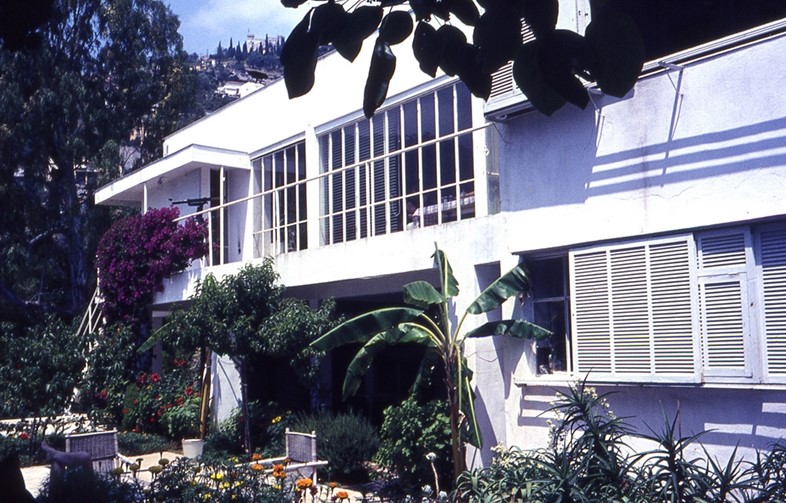
2) Eileen Gray's E-1027 house, South of France (1924)
Eileen Gray and lover Jean Badovici began work on their vacation house near Monaco in 1924. Deemed Gray's first major work for its innovative blurring of the boundaries between architecture and decoration, the house was tailored in accordance with the lifestyle of its modernist occupants with areas of built-in furniture and no wasted space. It is an L-shaped building, both open and compact, with floor to ceiling windows and an entrance onto a balcony or terrace from every room to allow inhabitants full enjoyment of their seaside surroundings. The name of the house, E-1027, is code for Eileen Gray and Jean Badovici – E standing for Eileen, 10 for Jean (J being the 10th letter of the alphabet), 2 for Badovici and 7 for Gray.
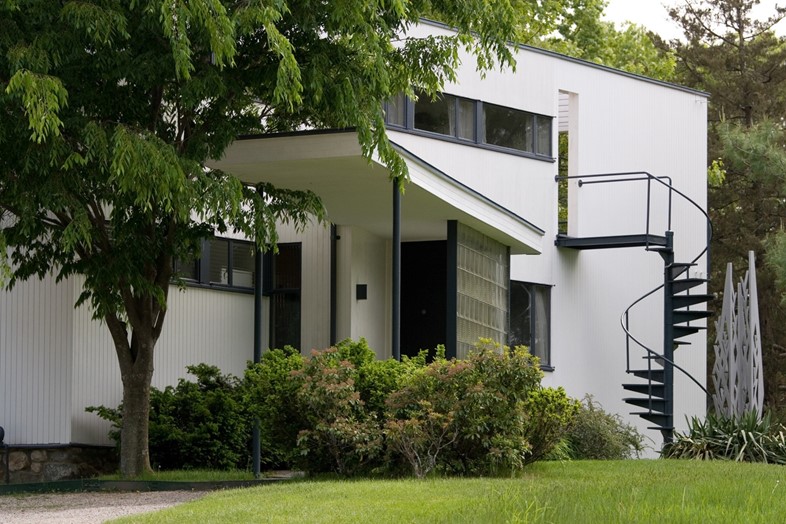
3) Walter Gropius' Gropius House, Lincoln, New England (1938)
Gropius House was Bauhaus founder Walter Gropius' first architectural commission in the United States, built in 1938 as his family home after he accepted a teaching position at Harvard's Graduate School of Design. Intending the house as a reflection of his surroundings, Gropius journeyed around New England studying its vernacular architecture and electing to combine traditional components of this style (like clapboard, brick and fieldstone) with new, innovative materials, such as glass block, acoustical plaster and chromed banisters, when designing his own house. The building's site – upon a rise overlooking an apple orchard and open fields – was specifically chosen to complement its design, as well as to allow for maximum ventilation and passive solar heating.

4) Ernö Goldfinger's 2 Willow Road House, Hampstead (1939)
2 Willow Road House in Hampstead is a striking piece of modernist architecture by Ernö Goldfinger, who designed the building as a home for himself and his family in 1939. Built as a three-part terrace, 1–3 Willow Road was constructed from concrete and a facing of red brick. A number of cottages were demolished to allow for the construction, a decision strongly opposed by some of the local residents including novelist Ian Fleming (this was said to be his inspiration for the name of the James Bond villain Auric Goldfinger). The building's design details, groundbreaking at the time, remain a source of inspiration for many to this day. The house is now owned by the National Trust and contains the family's impressive modern art collection and personal possessions.
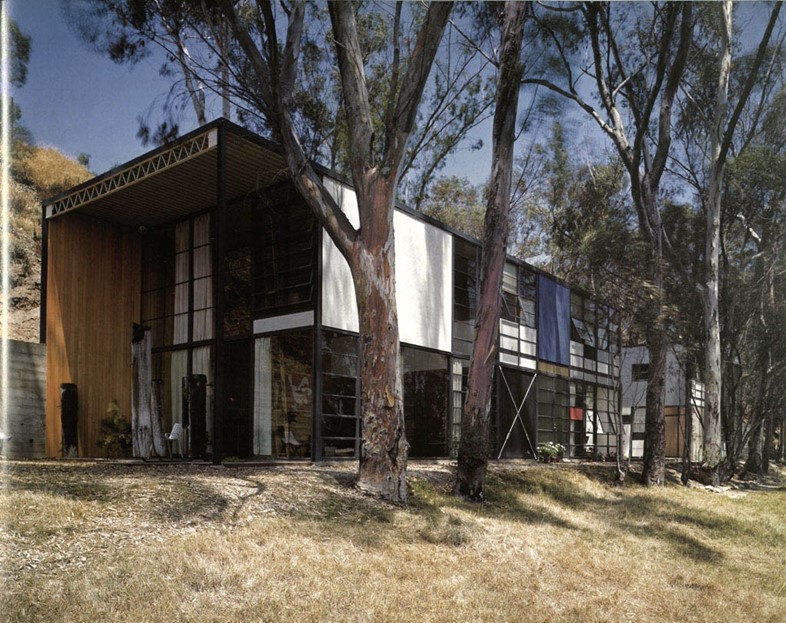
5) Charles and Ray Eames' Eames House, Los Angeles (1949)
A beacon of modern architecture in the mid-20th century, Eames House was built by forward-thinking designer duo, Charles and Ray Eames. The house – designed to function as both home and studio – was built in 1949 and on Christmas Eve of that year the couple moved in, going on to live there for the rest of their lives. The colourful structure was part of a case study of 25 homes built and furnished using materials and techniques derived from experiences from the Second World War.
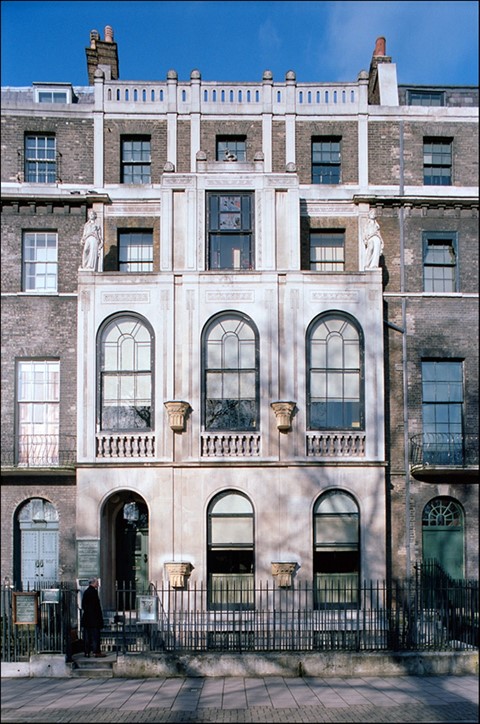
6) Sir John Soane's House and Museum, 13 Lincoln's Inn Fields, London (1808-12)
Renowned neo-classical architect Sir John Soane built his abode, in the beautiful Lincoln's Inn Fields in Holborn, in two phases in 1808 and 1812. Intending it not only as a home but also as a setting for his extensive collection of antiquities and works of art, Soane lived there alone following the death of his wife in 1815, adding to and arranging his treasures. Luckily for the general public, Soane left the house as a museum, hoping to educate art and architecture students following in his footsteps; he had been deeply disappointed by his own sons whom he had hoped would become architects, but who amounted to nothing more than trouble.
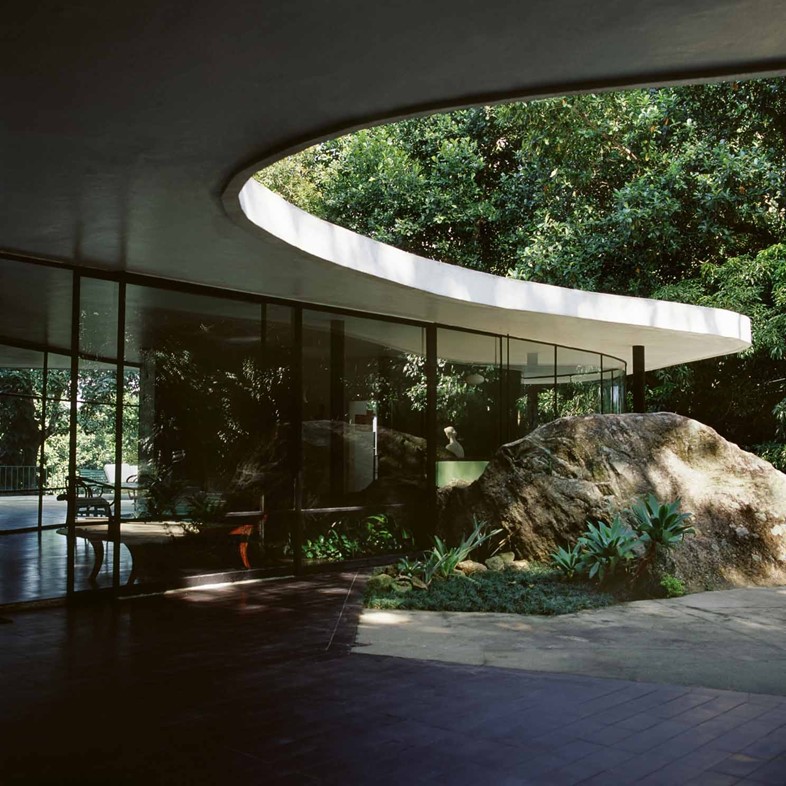
7) Oscar Niemeyer's Casa Das Conoas, Rio de Janeiro (1951)
Idiosyncratic pioneer of modern architecture Oscar Niemeyer was envied by many for his self-designed home Casa das Conoas (1951), with its distinctive curvature, dreamy swimming pool and surrounding forests. Niemeyer used "tropical eroticism" as his construction language for the building, noting: "I deliberately disregarded the right angle and rationalist architecture designed with ruler and square to boldly enter the world of curves and straight lines offered by reinforced concrete. This deliberate protest arose from the environment in which I lived, with its white beaches, its huge mountains, its old baroque churches, and the beautiful suntanned women."
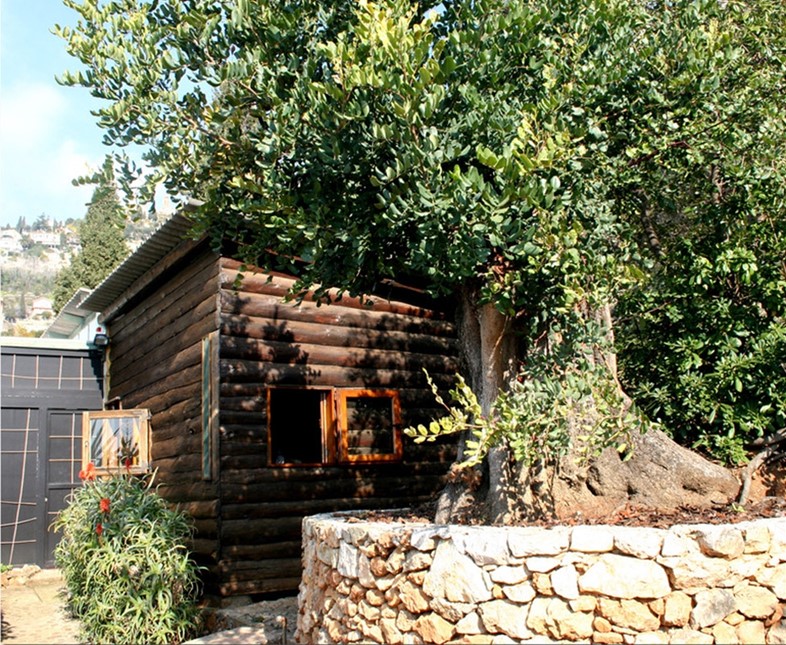
8) Le Corbusier's Cabanon, Cote d'Azur, France (1951)
Built in 1951 as a birthday present for his wife Yvonne, this "cabanon" is the only building that revered architect Le Corbusier designed for his own inhabitance. A tiny, one-room cabin with built-in wooden furniture, it was inspired by monks' cells – the most basic of rooms designed solely for praying, eating and sleeping. Despite this, Corbusier referred to his house as "a chateau...extravagant in comfort and gentleness," and spent every August for the rest of his life at the seaside retreat.
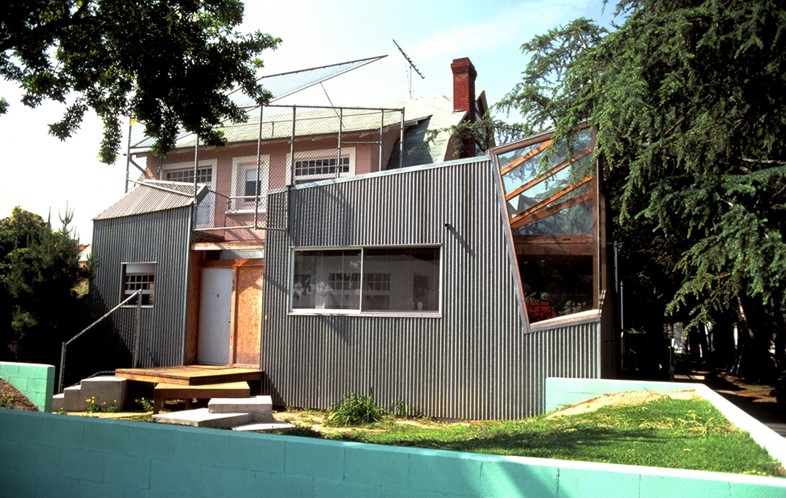
9) Frank Gehry's Gehry Residence, Santa Monica (1977-1978)
Frank Gehry designed his own house in Santa Monica between 1977 and 1978. Often described as a "deconstructivist" reworking of a conventional, suburban California house, the building began as a small, pink 1920s bungalow bought by Gehry's wife Berta. He deemed the original "a dumb little house with charm," deciding that it needed to be made "more important". For the transformation, Gehry made use of unconventional materials, such as chain link fences and corrugated steel. He worked on the project in phases, creating a new exterior in 1978, while leaving the old exterior visible, and carrying out further remodeling in 1991 to make it more suitable for his expanding family. The eccentric nature of the house caused uproar among the Gehrys' neighbours – one is even said to have taken a gun to it.
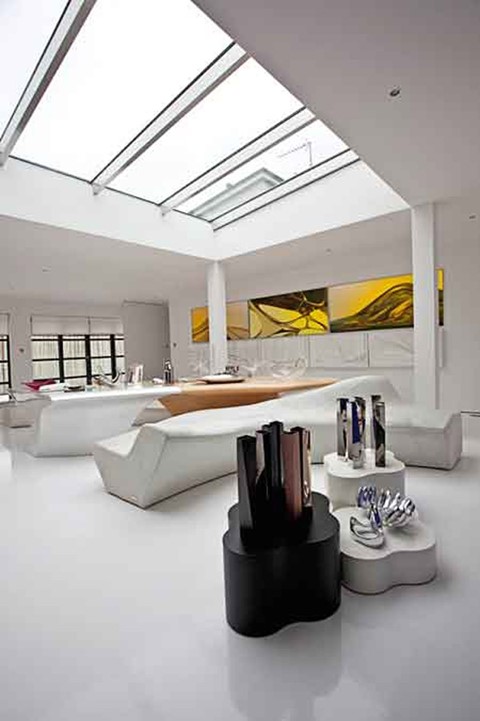
10) Zaha Hadid's Clerkenwell Penthouse, London (purchased 2006)
Not built after her own design but rendered entirely her own, the penthouse of futuristic "starchitect" Zaha Hadid in Clerkenwell is as much a gallery as it is a home, acting as the perfect stage for some of her boldest, avant-garde designs. Bought in 2006, the stark white, open warehouse space is punctuated by her curvaceous and sculptural furnishings, including her Iceberg bench, Morine sofa, and Stalagmite-Stalactite table. Light plays an important role, courtesy of an enormous skylight that permeates the central seating area, and a wall of windows leading to the back terrace.
Love Architecture Festival 2013 runs from June 21-30.
